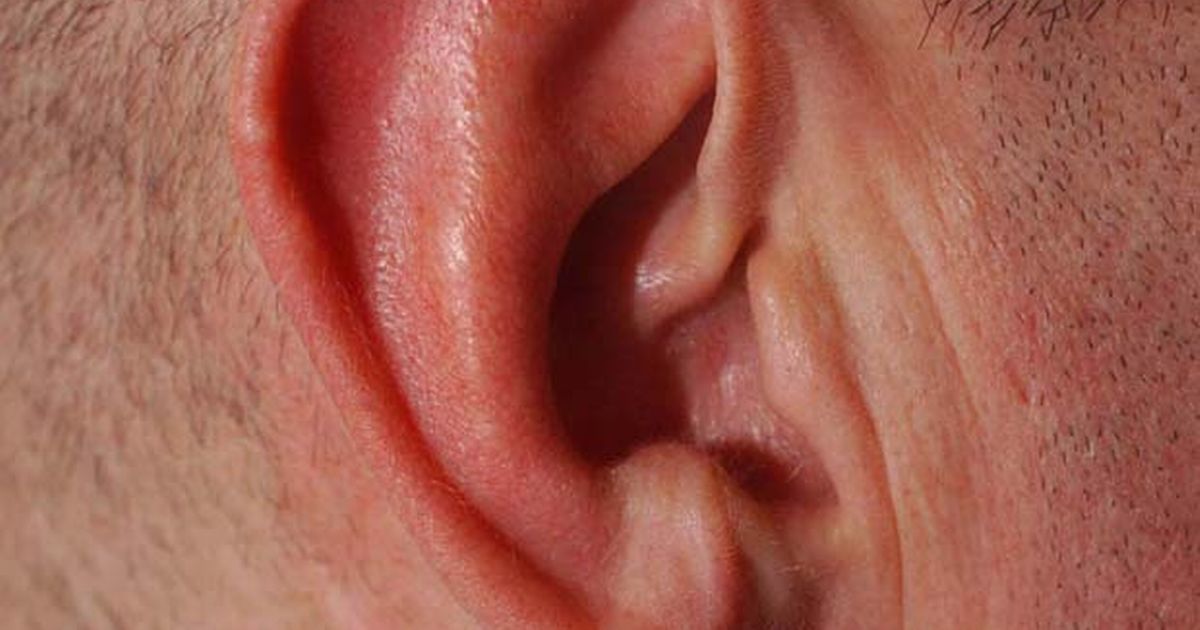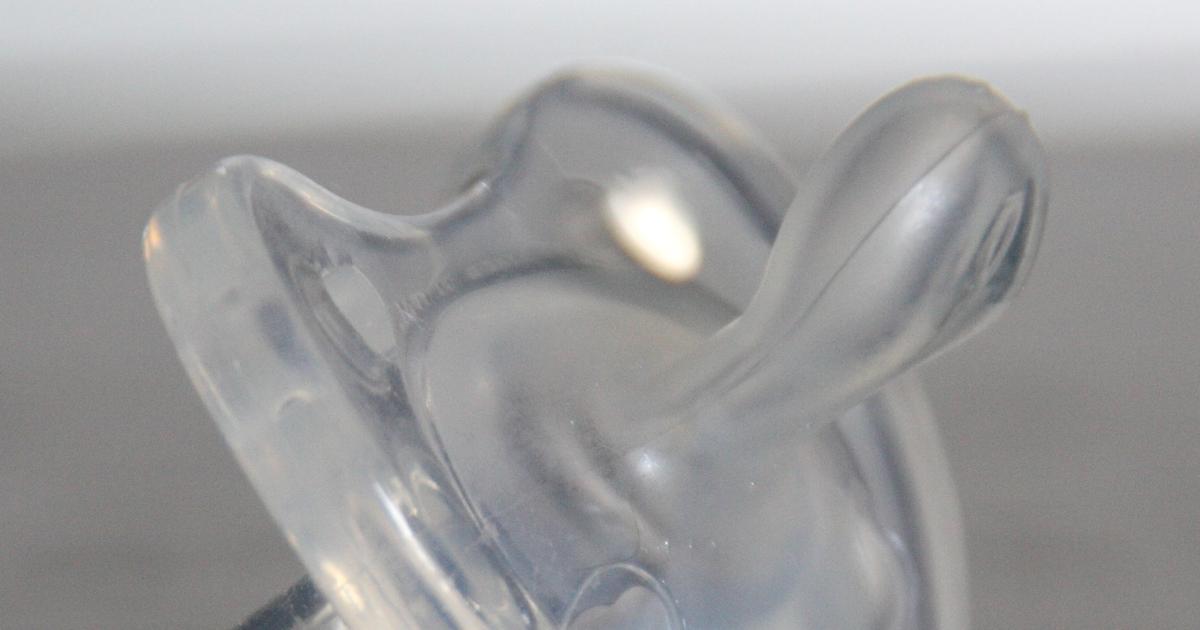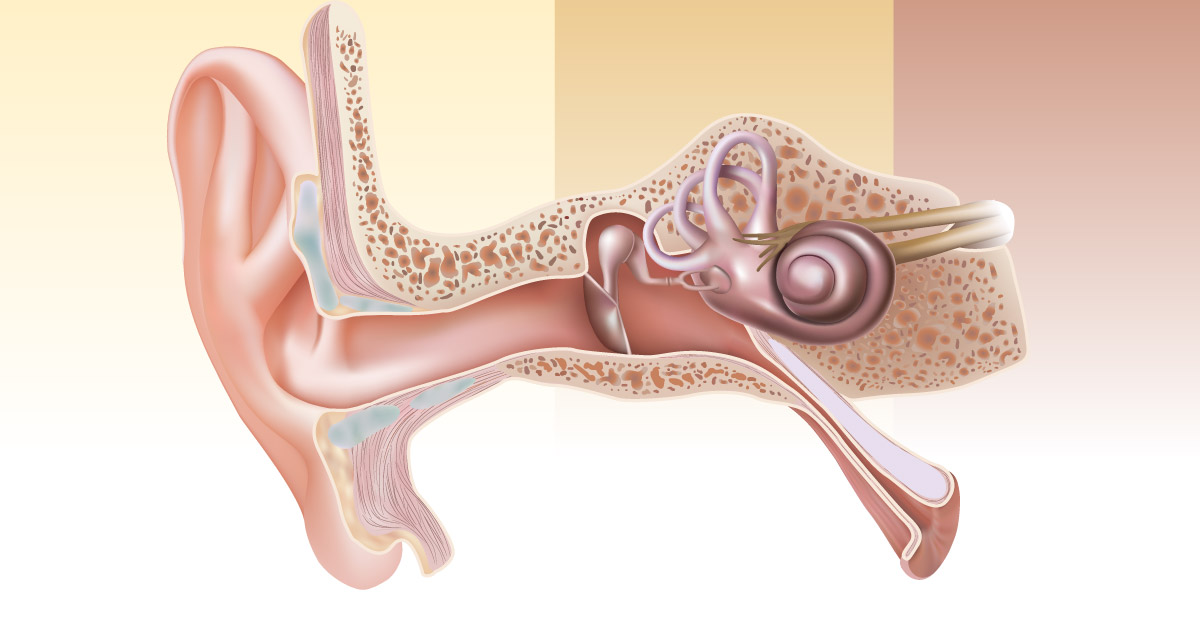Causes And Risk Factors For An Ear Infection
An ear infection occurs when there is inflammation. It is a viral infection that mostly affects the middle ear and occurs when fluid builds up behind the eardrum and tissues behind it. This happens when air does not reach to the middle ear. The fluids from the throat and nose are suctioned into the middle ear. This infection happens to individuals of all ages, but it mostly occurs in young children. This is because the child is still in the maturing stage and the immune system is developing. Therefore, their small ears do not drain the fluid. The tubes get swollen, and the fluid cannot be removed.
Look at the causes of ear infections now.
Inflammation In The Ear

The ears are a sensitive part and should be well taken care of at all times. Swelling in the ear involves the middle inner ear where the inflammation takes place close to the eardrum. Swelling up and bulging on the area is an indication you have an inflammation in the ear and should be treated. The swelling in the ear blocks the Eustachian tubes, preventing air from reaching the middle ear. It then welcomes bacteria and viruses that lead to infections. The symptoms of inflammation include pain in the ear, high temperature, and discharge from the ear. The inflammation is medically known as otitis media. It starts with primary infections like sore throats and colds and later leads to the swelling in the ear. It can be chronic and can lead to loss of hearing and respiratory problems if the early symptoms are not taken care of and addressed.
Keep reading for more information on causes of ear infections.
Fluid Buildup In The Ear

Since the Eustachian tube connects the throat with the middle ear, any germs and fluids that enter the body through the nose or were in the throat could be suctioned into the middle ear causing fluid buildup in the ear. The fluids may contain components that lead to the infection. The canal prevents build up and pressure in the ears when it's opened up. When it’s swollen, the fluid buildup in the ear cannot be drained until a doctor checks on the infected area and releases the fluid professionally.
An otoscope is used to measure the extent of the damage inside the inner ear. The fluid buildup is one of the symptoms that cause discharge of fluids through the ear. To diagnose a problem regarding the ear, an otoscope blows air into the ear. If the eardrum is moving back and forth, it is behaving normally. If there is no movement back and forth, the eardrum is filled with fluid and therefore needs more attention. Taking the medication provided by the doctor will clear up the fluid from the ear. All the symptoms will soon disappear with it after treatment.
Continue to learn more information about the causes of ear infections.
Upper Respiratory Infections

Upper respiratory infections can occur when bacteria attacks and congests the respiratory tract. This can be brought about by smoking. The throat and nasal passages are infected causing the Eustachian tube to block and build up fluid in the ear. The upper respiratory infections cause blockage, resulting in accumulation of fluid. Respiratory infections can cause ear infections because of the canal attached from the throat to the ears. To avoid such occurrences, a smoker is advised to stop smoking and treat the other infections that they may have acquired, and the condition can be much better and minimized.
Get to know more causes of ear infections now.
Allergies

The ear infections often cause allergies because of bacteria and viruses. The bacterium then translates to severe cold and other forms of congestion. It occurs because the Eustachian tube, especially in children, is narrow and the fluid cannot be drained as quickly if it were an adult. One of the symptoms is the coming out of pus from your ear and is pressurized to come out due to the buildup. An allergy causes pain and swelling to ears, causing pus and eardrum rupture. This is dangerous because it can hugely affect your hearing capabilities and lead to more problems including speech incoherence and learning disorders, which are common among children. In some cases, allergies usually escalate to bigger health complications if they are not addressed. It is good to see a doctor help contain the allergy as well as prevent it from spreading elsewhere.
Reveal more causes of ear infections now.
The Common Cold

A common cold is a respiratory infection that affects the middle ear. It is linked to causing more complicated ear infections. Common cold can be spread through contact with an infected person. Parents with small children are advised to keep them away from individuals with colds and have their children vaccinated. Studies show children who get vaccinated get fewer ear infections. Colds can arise by not eating fruits and vegetables as well. Make sure you get ample nutrients fit for your body to prevent colds among other infections. Also, protect yourself from exposure to cold weather and wear warm clothes to prevent sore throats that can eventually cause ear infections.
Ear infections can be an avoidable circumstance, and if infected, it can be treated right away once the symptoms and proper diagnosis is done. To stay away from harm, avoid catching colds and regularly and clean your ears to prevent wax build up. Also, make sure no sharp objects get to your ears to avoid damaging the eardrums and causing your drums to rapture or get infected. Avoiding smoking is another way to steer clear of infections as an adult. As explained above, being a passive smoker can also lead to ear infections. Also, wash your hands frequently to avoid the spread of germs. If the ear infections persist, it is recommended to get a surgical procedure done to make sure further risks are mitigated.
Get more information on the causes and risk factors linked to ear infections now.
Changes In Air Pressure

One potential risk factor for an ear infection is changes in the air pressure. Pressure changes can also cause ear pain even if there isn't a bacterial or viral infection in the ear. When ear pain is related to pressure changes, the medical term is ear barotrauma. Individuals experiencing ear barotrauma might experience discomfort, pain, and issues with hearing. The majority of cases clear up themselves, but there have been more severe cases where the damage needs medical treatment. In the most serious cases, patients might require corrective surgery to repair the damage. The most common causes of ear barotrauma are taking off and landing in airplanes, or scuba diving to high water pressures and ascending too quickly. Some individuals experience acute symptoms, which come on quickly and subside after a little while. For others, though, the problem is chronic. It's also possible having an ear infection or blockage can lead to ear barotrauma rather than the other way around.
Uncover more causes related to ear infections now.
Smoking

The majority of individuals are aware of the major health risks smoking poses: it increases the chances of developing multiple types of cancer, damages immune function, and causes internal organs to not work as well. But many might be surprised to hear smoking also increases the chances of developing an ear infection. In fact, smokers are more likely to experience hearing loss than non-smokers. The health of an individual's hearing can be negatively impacted by cigarette smoke even if they only breathe secondhand smoke rather than smoking themselves. There are several reasons why smoking increases an individual's ear infection risk. One is the components found in the smoke can irritate the lining of the ear and Eustachian tube. Another is the damage to the immune system makes it more difficult for the body to fight off infections it might otherwise not be susceptible to. Smoking causes ongoing damage to tissues found in the throat and nose. When these become infected, the infection can also sometimes affect the ears.
Keep reading to learn more about the risk factors for developing an ear infection now.
Climate Changes

Climate changes can increase an individual's risk of developing an ear infection. For those who live in places with extreme weather patterns, the changing of the seasons may be enough to increase their risk. Others might experience an increased infection risk if they move from a very wet and cold climate to a very hot and dry one, or vice versa. In addition, allergies in the spring and summer can make individuals more susceptible to infections. Allergic reactions can feel an awful lot like infections, even if they aren't technically the same thing. If individuals are experiencing allergies, they won't typically have a fever. Increased mucus production can lead to blockages in the ears, which can also make it harder for fluid to drain. If individuals have excess fluid in their ears, they're more likely to get an infection. Children are particularly susceptible to this type of infection when the seasons change. Should individuals find their hearing is affected, they should see a doctor right away to make sure pressure changes in their ear don't lead to permanent hearing loss.
Read more about the causes and risk factors for an ear infection now.
Use Of A Pacifier

Pacifiers are some of the most common baby toys in the United States. When babies suck on these tools, they experience a soothing feeling. Pacifiers might be able to help with the pain from teething by giving babies something to chew on, and parents appreciate the peace and quiet. However, studies indicate pacifiers might actually do more harm than good. One example is the use of a pacifier has been shown to increase a child's risk of developing an ear infection. Researchers who found the link say it's best for children to stop using their pacifiers except for very briefly before bed. The study indicated limiting a child's use of a pacifier might lower their ear infection risk by as much as twenty-nine percent. The reasoning for this is that when a child continuously sucks on their pacifier, the tubes in their ears become abnormally opened. This leads to throat secretions seeping into the child's middle ear. The secretions contain bacteria that then fester in the ear, leading to ear infections.
Get more details on what can trigger an ear infection now.
Smaller Eustachian Tubes

Smaller Eustachian tubes can increase an individual's risk of developing an ear infection. This is particularly true for children, who are already at an increased risk of ear infections anyway. The Eustachian tubes are parts of the body that begin at the back of the nose and run to each of the middle ears (one on each side). This tubing is necessary for connecting the middle ears to the back of the nose. The first portion of the tube is made from cartilage, while the part closest to the ear is made out of bone. Eustachian tubes can become clogged with mucus and other substances when individuals have an infection or cold. For those who have smaller Eustachian tubes than average, these kinds of blockages may be more frequent. If a Eustachian tube is partially or totally blocked, individuals might feel like their ear is full of fluid, and they might feel popping or clicking in the ear.
